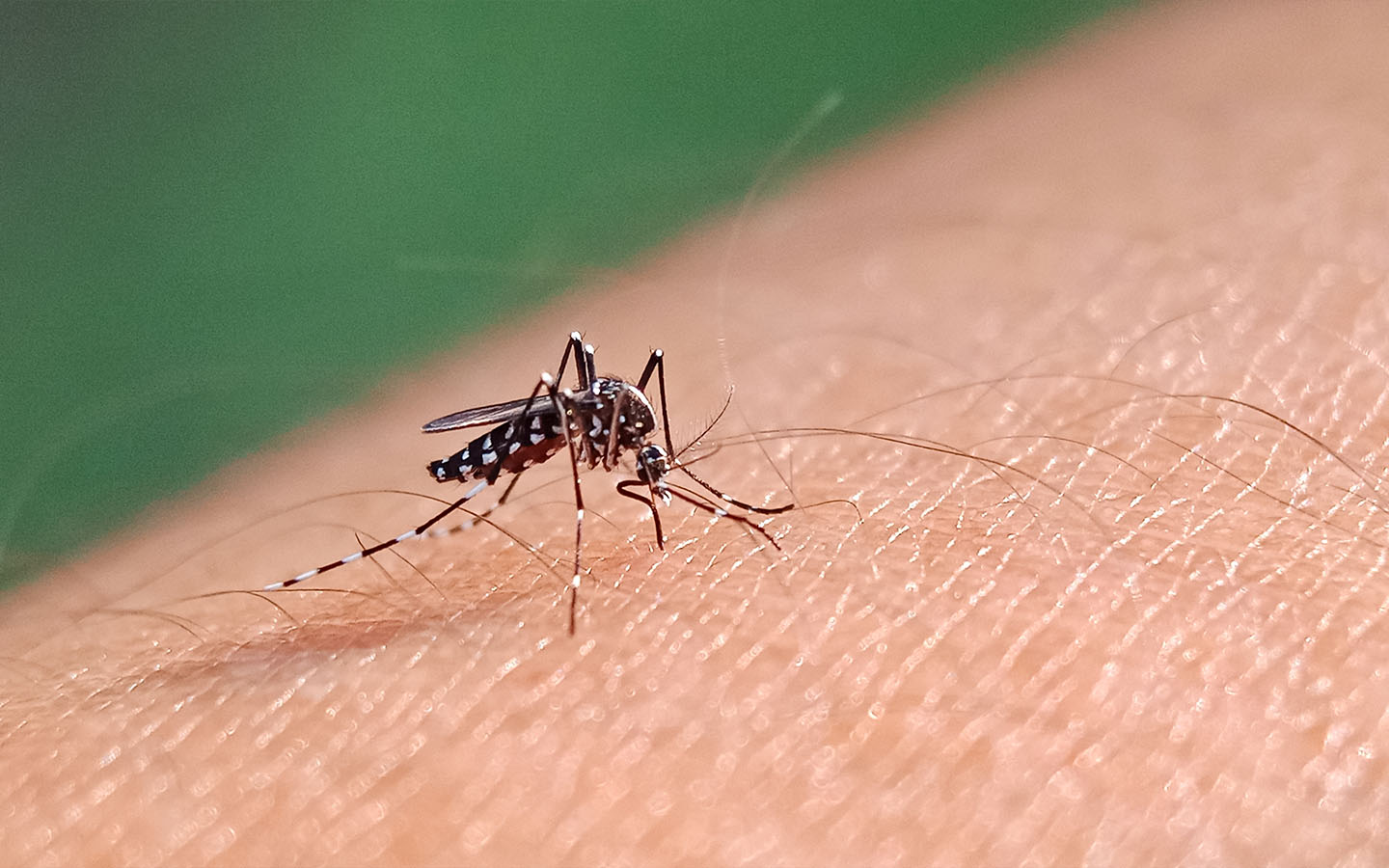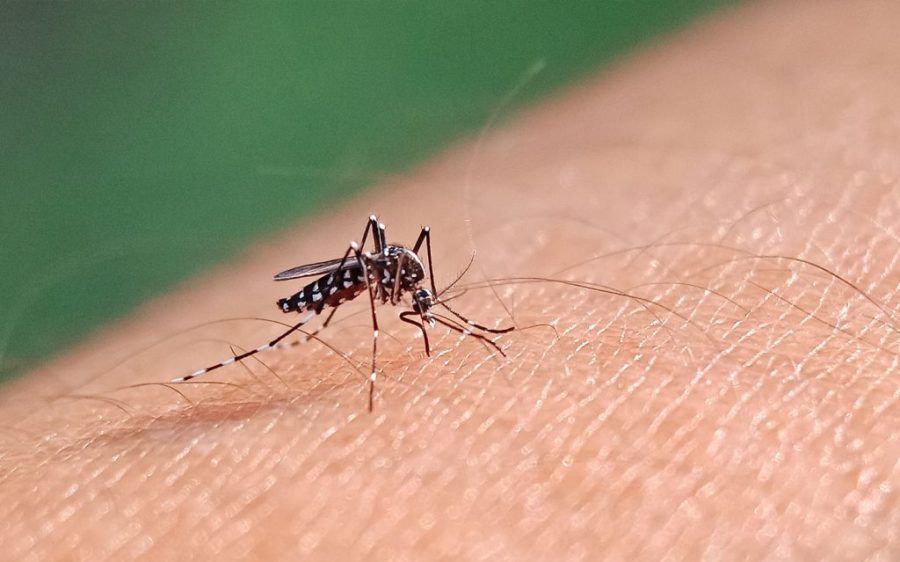An epidemic of chikugunya fever has broken out in Shunde, a district of Foshan that lies about 80 kilometres north of Macao. As of July 15, local authorities had recorded 478 cases of the disease, which is carried by infected mosquitoes and exhibits symptoms similar to dengue fever.
In a statement yesterday, Macao’s Health Bureau (known by its Portuguese abbreviation SSM) urged residents to take preventative measures to avoid infection.
Chikungunya fever is a virus that causes fever, joint pain, headache, muscle pain, joint swelling and rashes, according to the World Health Organisation. Like dengue fever, it is transmitted by the Aedes aegypti and Aedes albopictus species of mosquitoes, and the two viruses have similar symptoms. However, chikungunya fever is less deadly.
[See more: Macao reports the year’s first local case of dengue fever]
Shunde’s authorities first recorded a case on July 8, and reported numbers have skyrocketed in the week since. No severe cases have occurred.
In a statement released yesterday, the SSM noted that Macao saw two and three recorded cases of Chikungunya fever in 2013 and 2019 respectively. Both were mild and imported from Southeast Asian countries.
For residents planning to travel to high-risk areas, the Bureau advises preventative action, including avoiding areas of stagnant water, using mosquito nets and spraying mosquito repellent.
Summer is wet season for the Greater Bay Area, making it the period of highest risk for mosquito-borne infection.






